 The Cost of Wastewater Treatment
The Cost of Wastewater Treatment
According to an article published by Water Technology Magazine (WaterTechOnline.com), the average cost to treat 1000 gallons of wastewater is $2.06. Let’s take a look at how that $2.06 adds up over time. A 10 gallon per minute leak in a manhole for example equals 5,256,000 gallons of water leaked per year. That adds up to a $10,827.36 per year ($902.28 per month) wastewater treatment cost resulting from that leak alone.
Repair Infrastructure Infiltration & Save Money
Let’s compare that to the average one-time cost to stop all the leaks in a 4-foot diameter x 8-foot tall manhole: $3000 or so depending on local labor rates. This relatively low repair cost is recouped in less than 4 months, considering the monthly wastewater treatment cost of $902.28. This equals $7,000 - $8,000 cost avoidance in the first year alone. In subsequent years, you’re saving the full $10,827.36.
Now multiply those number by all the manholes in your district with large leaks. The numbers are truly staggering.
More Info on Infrastructure Infiltration Repair
For more information on infrastructure infiltration repair, see our blog post Mitigating I & I – An Ounce of Prevention is Worth a Pound of Cure. If you’d like to discuss I & I issues with our experienced tech support team, call 404-618-0438.




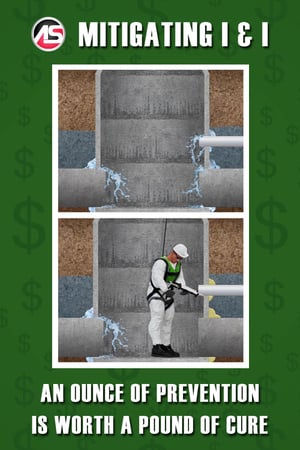 Inflow and infiltration (I & I) are widespread problems for municipalities across North America. The term inflow refers to stormwater entering sewer systems. The term infiltration refers to groundwater leaking into manholes, lift stations, pipes, and other sanitary system components. While there are some methodologies on the market for mitigating inflow, this article is primarily concerned with mitigating infiltration with polyurethane grout.
Inflow and infiltration (I & I) are widespread problems for municipalities across North America. The term inflow refers to stormwater entering sewer systems. The term infiltration refers to groundwater leaking into manholes, lift stations, pipes, and other sanitary system components. While there are some methodologies on the market for mitigating inflow, this article is primarily concerned with mitigating infiltration with polyurethane grout.
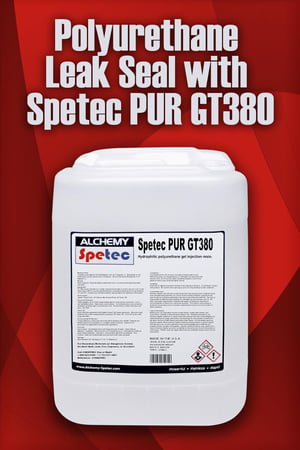 What Makes Spetec PUR GT380 Unique?
What Makes Spetec PUR GT380 Unique?
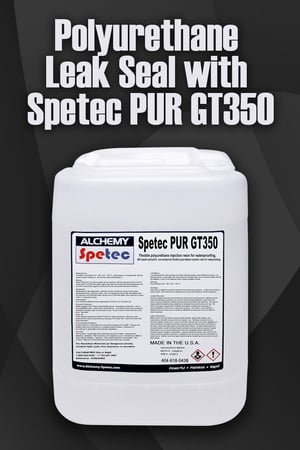 What Makes Spetec PUR GT350 Unique?
What Makes Spetec PUR GT350 Unique?
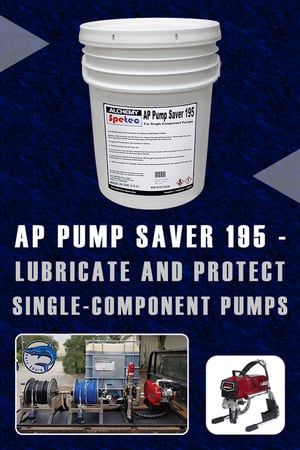 AP Pump Saver 195
AP Pump Saver 195

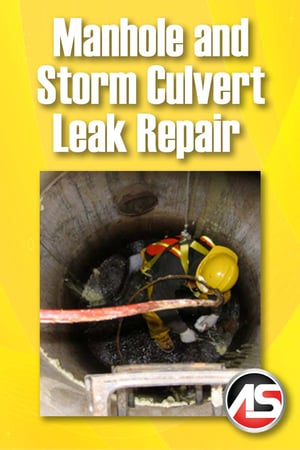 Editor's Note: This article is an updated edition of Charlie Lerman's 2017 article, Crack Injection and Curtain Wall Grouting - Part 4.
Editor's Note: This article is an updated edition of Charlie Lerman's 2017 article, Crack Injection and Curtain Wall Grouting - Part 4.

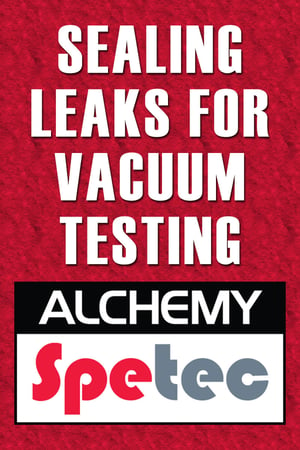 Some municipalities use a method called vacuum testing to identify potential leaks in their newly constructed manholes and pipes. Leaks can be caused by honeycombed concrete, deflected joints, and poor installation of boots. Sometimes precast units can be cracked by heavy equipment during the installation and backfilling process. Municipalities can implement vacuum testing to ensure that the taxpayer is not footing the bill for a system that will fail and require costly repairs down the line.
Some municipalities use a method called vacuum testing to identify potential leaks in their newly constructed manholes and pipes. Leaks can be caused by honeycombed concrete, deflected joints, and poor installation of boots. Sometimes precast units can be cracked by heavy equipment during the installation and backfilling process. Municipalities can implement vacuum testing to ensure that the taxpayer is not footing the bill for a system that will fail and require costly repairs down the line.
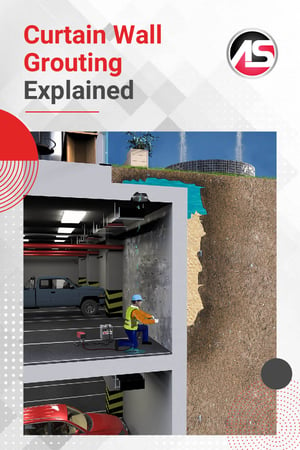 Editor's Note: This article is an updated edition of Charlie Lerman's 2017 article, Crack Injection and Curtain Wall Grouting - Part 3.
Editor's Note: This article is an updated edition of Charlie Lerman's 2017 article, Crack Injection and Curtain Wall Grouting - Part 3.

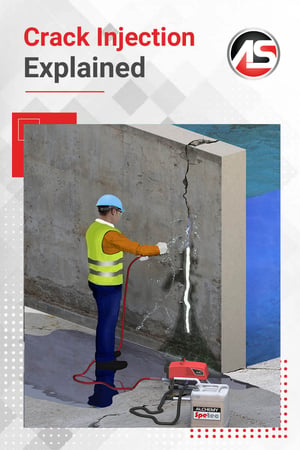 Editor's Note: This article is an updated edition of Charlie Lerman's 2017 article, Crack Injection and Curtain Wall Grouting - Part 2.
Editor's Note: This article is an updated edition of Charlie Lerman's 2017 article, Crack Injection and Curtain Wall Grouting - Part 2.
 How to Sell Using Explainer Animations
How to Sell Using Explainer Animations

